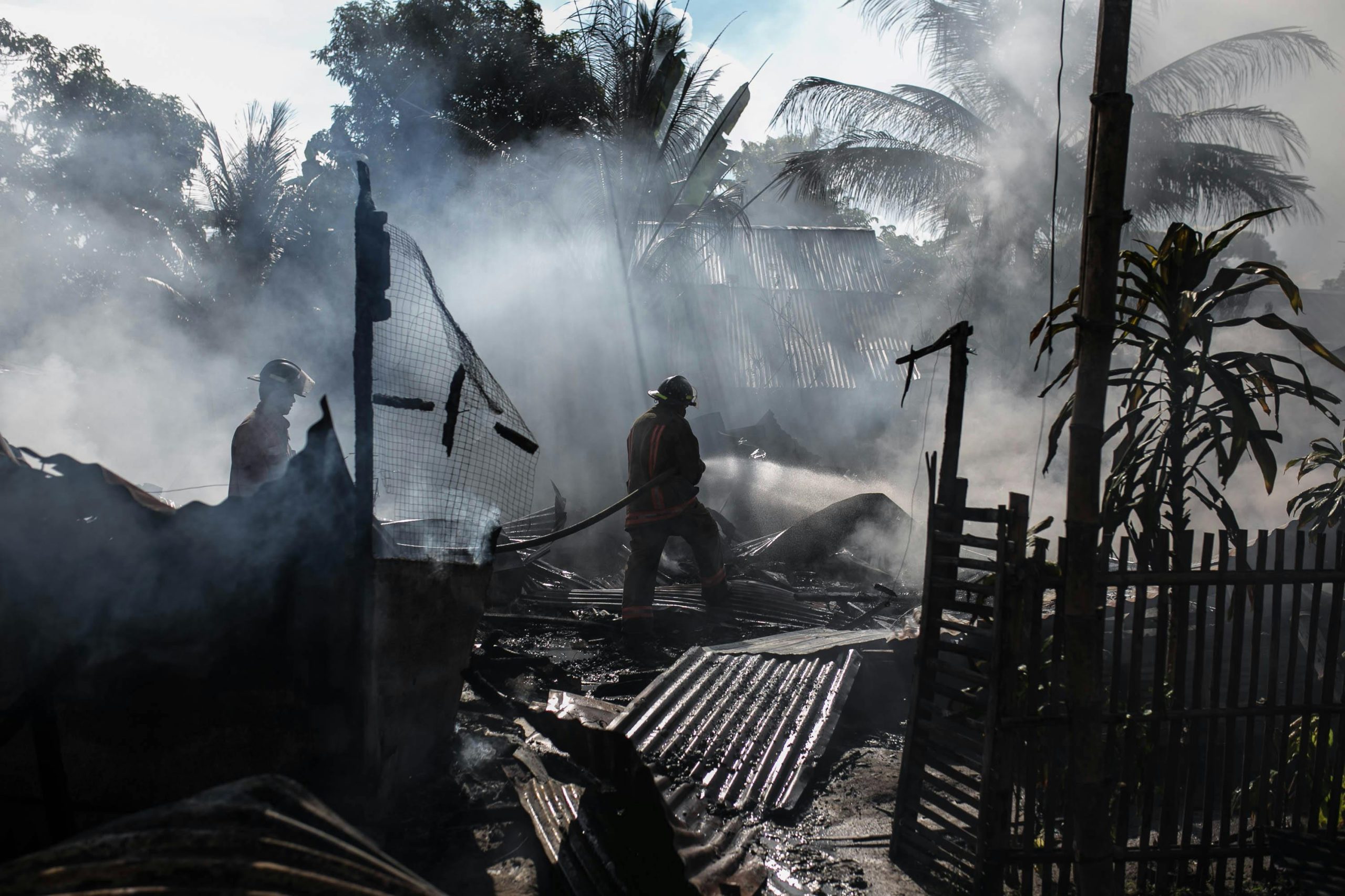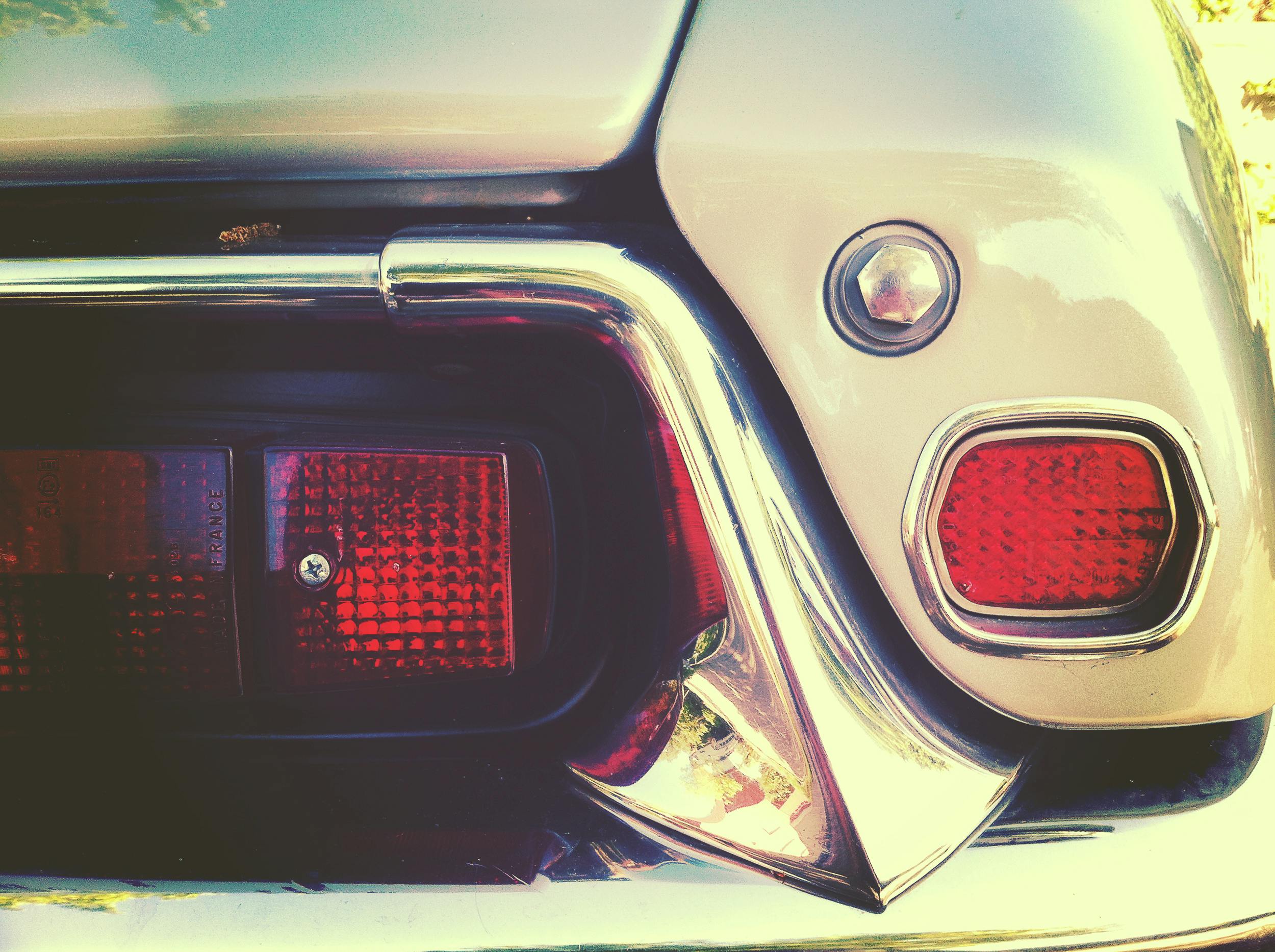My friend’s car was damaged in a parking lot, and he’s unsure whether to contact his own insurance or the other driver’s. While parked at work, another driver scraped his vehicle as they were leaving. The driver left a note with their information and even emailed the parking lot management, which eventually got forwarded to my friend. Now, he’s not sure if he should reach out to the at-fault driver’s insurance directly or have his own insurance handle it. He’s worried that if he involves his insurance, they might raise his premium, even though he wasn’t in the car and isn’t at fault. He has full coverage, but since the damage is likely just some paint, the cost to repair might still exceed $1,000. What would be the best course of action for him?
Friends car got hit at a parking lot, does he call his insurance or the other guy’s?




In this situation, your friend has a couple of options. It’s understandable that he’s concerned about potential premium increases, but here’s a step-by-step guide on what he should consider:
Contact the at-fault driver’s insurance: Since the other driver left a note with their information, your friend can directly reach out to them to file a claim. This way, the at-fault driver’s insurance will cover the damages, and it won’t impact your friend’s own insurance premium.
Document the damage: Your friend should take clear photos of the damage to his car and any relevant details from the other driver’s note. This evidence will support his claim.
Review his policy: It’s a good idea for your friend to check his insurance policy or speak with his insurance agent about how filing a claim with the at-fault party’s insurance could affect his policy. Different insurance companies have different policies regarding how they handle at-fault accidents versus not-at-fault incidents.
Consider filing with his own insurance: If dealing with the other driver’s insurance becomes complicated (e.g., delays, pushback), your friend could opt to file a claim with his own insurance. Since he has full coverage, it would likely cover the repairs. However, he should clarify how this might impact his premium with his insurance provider beforehand.
Get repair estimates: It would be wise for your friend to get a few repair estimates to understand the potential costs involved. This will also help him decide if it’s worth filing a claim, whether through his own insurance or the at-fault driver’s insurance.
By following these steps, your friend can make an informed decision on how to proceed without unnecessarily jeopardizing his insurance rates.